Suborder Serpentes Subfamily Crotalinae Scientific name Deinagkistrodon Higher classification Pit viper Order Scaled reptiles | Subphylum Vertebrata Species D. acutus Phylum Chordata Rank Genus | |
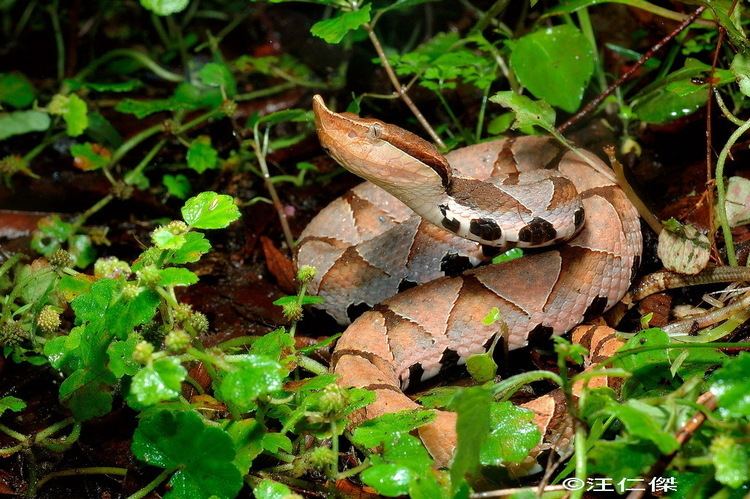 | ||
Similar Snake, Many‑banded krait, Trimeresurus mucrosquamatus, Agkistrodon, Mamushi | ||
Sharp nosed viper deinagkistrodon acutus venom extraction at krz
Deinagkistrodon is a monotypic genus created for a venomous pit viper species, D. acutus, found in Southeast Asia. No subspecies are currently recognized.
Contents
- Sharp nosed viper deinagkistrodon acutus venom extraction at krz
- Sharp nosed viper deinagkistrodon acutus reptile discovery center deland
- Description
- Common names
- Geographic range
- Habitat
- Behavior
- Feeding
- Reproduction
- Venom
- References
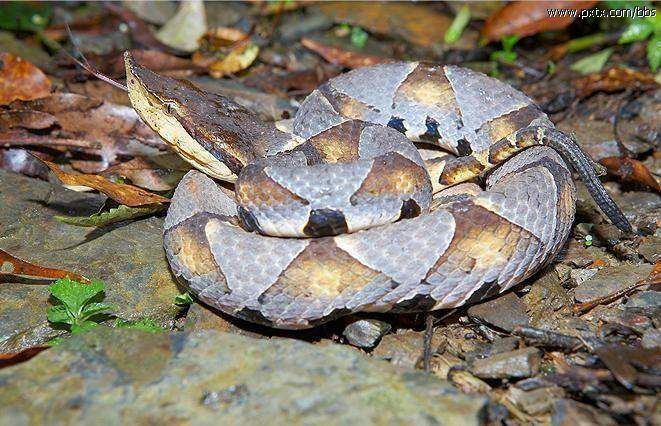
Sharp nosed viper deinagkistrodon acutus reptile discovery center deland
Description
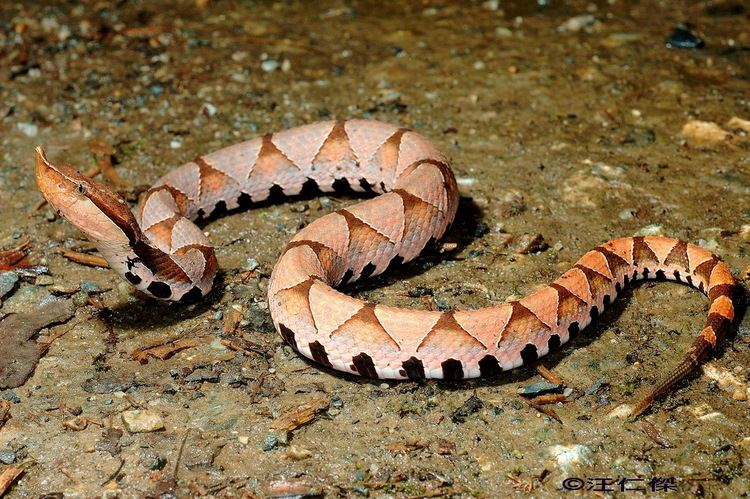
Back is light brown or greyish brown, with a series of dark brown lateral triangles on each side. The two pointed tops of the two opposite triangles meet each other at the mid-line, forming a series of about twenty light brown, squarish blotches on the back. A row of large black spots extends along each side near the belly. The top and upper sides of the head are uniformly black, with a black streak from the eye to the angle of the mouth; yellowish below, spotted with dark brown. The young are much lighter than the adults with essentially the same pattern. The head is large, triangular, with an upturned snout. The body is very stout. The tail is short, ending in a compressed, pointed slightly curved cornified scale. The top of the head is covered with nine large shields. Dorsal scales are strongly and tubercularly keeled. The subcaudals are mostly in pairs, some of the anterior ones are single. This stout snake, usually between 0.8 and 1.0 metre (2.6 and 3.3 ft) long, reaches a maximum length of 1.57 metres (5.2 ft) in males and 1.41 metres (4.6 ft) in females. The largest specimen on record measured approximately 1.549 metres (5.08 ft).
Common names
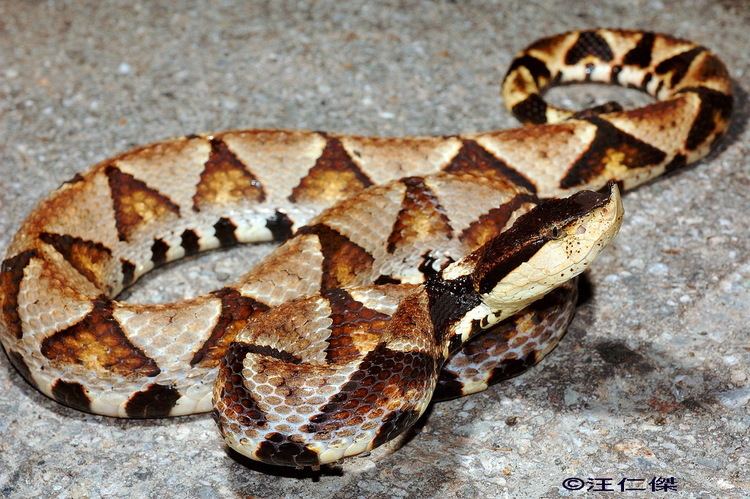
Sharp-nosed viper, snorkel viper, hundred pacer, Chinese moccasin, Chinese copperhead, five-pacer, hundred-pace snake, long-nosed pit viper, sharp-nosed pit viper, hundred-pace pit viper. The snake was the object of worship by tribes in Taiwan.
Geographic range

Found in southern China (Zhejiang, Fujian, Hunan, Hubei, Guangdong), Taiwan, northern Vietnam, and possibly Laos. The type locality was not included in the original description. It was later given as "Wusueh [Wu-hsueh], Hupeh Province, China" by Pratt (1892) and Pope (1935). Listed as "Mountains N. of Kiu Kiang" in the catalogue of the British Museum of Natural History.
Habitat
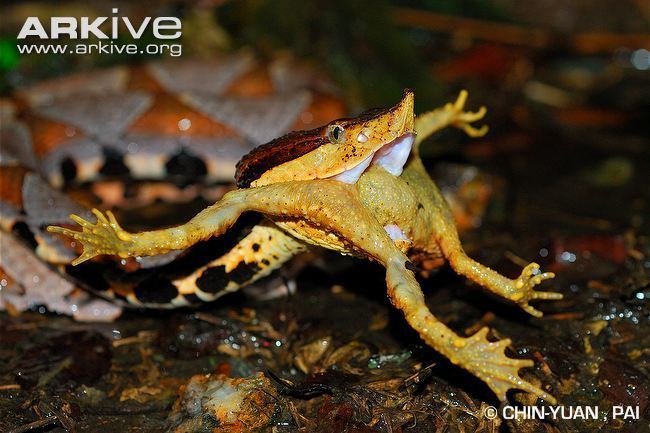
This species inhabits high, forested mountains up to 1,350 metres (4,430 ft), but has also been found in low coastal regions (100 metres (330 ft)). It prefers lower mountain slopes or rocky hills with small valleys.
Behavior

This is a nocturnal species. It was generally discovered by day on rocks or among vegetation along banks of streams, or in firewood near houses, or even in houses. When encountered it may appear sluggish at first, but it is capable of striking vigorously when threatened.
Feeding
The diet of this species consists of small mammals such as rats and mice, birds, toads, frogs and lizards. Herpetologist Ermi Zhao reported a specimen of a total length of 1.04 metres (3.4 ft) and weighing 600 grams having eaten a specimen of Rattus rattus of a total length of 51.5 centimetres (20.3 in) and a weight of 530 grams.
Reproduction
As one of the few oviparous pit vipers, this species can lay up to 24 eggs, which may be retained during initial incubation—an adaptation that shortens post-deposition incubation time. However, It generally only deposits 11 or 12 eggs from June to August. Egg size is 40-56 x 20–31 mm. Hatchlings are lighter and more vividly patterned than the adults, but this darkens considerably with age.
Venom
Dangerous animals often have exaggerated reputations and this species is no exception. The popular name "hundred pacer" refers to a local belief that, after being bitten, the victim will only be able to walk 100 steps before dying. In some areas, it has even been called the "fifty pacer." Nevertheless, this species is considered dangerous, and fatalities are not unusual. An antivenom is produced in Taiwan.
Brown (1973) mentions a venom yield of up to 214 mg (dried) and LD50 (toxicity) values of 0.04 mg/kg IV, 4.0 mg/kg IP and 9.2-10.0 mg/kg SC.
According to the US Armed Forces Pest Management Board, the venom is a potent hemotoxin that is strongly hemorrhagic. Bite symptoms include severe local pain and bleeding that may begin almost immediately. This is followed by considerable swelling, blistering, necrosis, and ulceration. Systemic symptoms, which often include heart palpitations, may occur suddenly and relatively soon after the bite. Because of its body size and large hinged fangs which permit effective delivery of large quantities of venom, victims bitten by this snake should be treated accordingly.
